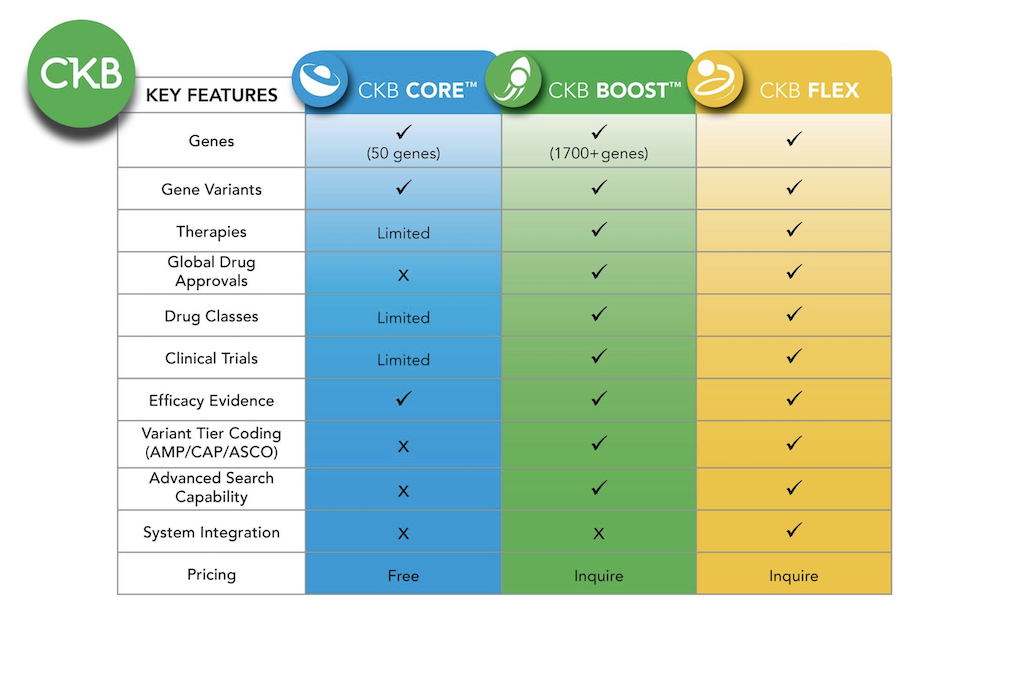Gene Detail
Contact
Missing content? – Request curation!
Request curation for specific Genes, Variants, or PubMed publications.
Have questions, comments, or suggestions? - Let us know!
Email us at : ckbsupport@jax.org
| Gene Symbol | GATA1 | ||||||||||
| Synonyms | ERYF1 | GATA-1 | GF-1 | GF1 | HAEADA | NF-E1 | NFE1 | XLANP | XLTDA | XLTT | ||||||||||
| Gene Description | GATA1, GATA binding protein 1, is both a transcriptional activator and repressor, which plays a critical role in erythroid maturation and development (PMID: 32283524), and is expressed as short and long isoforms (PMID: 31769197). GATA1 mutations are associated with megakaryocyte leukemia in Down Syndrome (PMID: 25435116; PMID: 24880866, PMID: 32238463, PMID: 31769932) and other myeloproliferative diseases (PMID: 32094462). | ||||||||||
|
|||||||||||
Additional content available in  CKB BOOST
CKB BOOST
